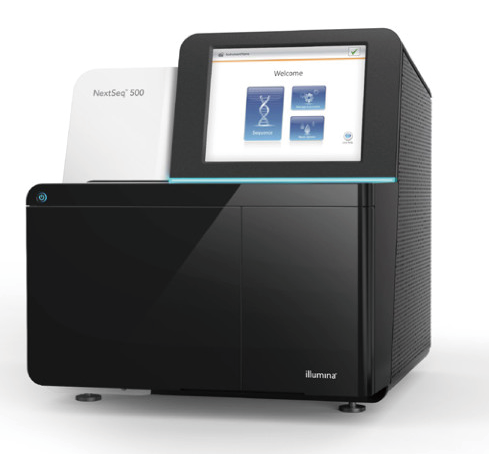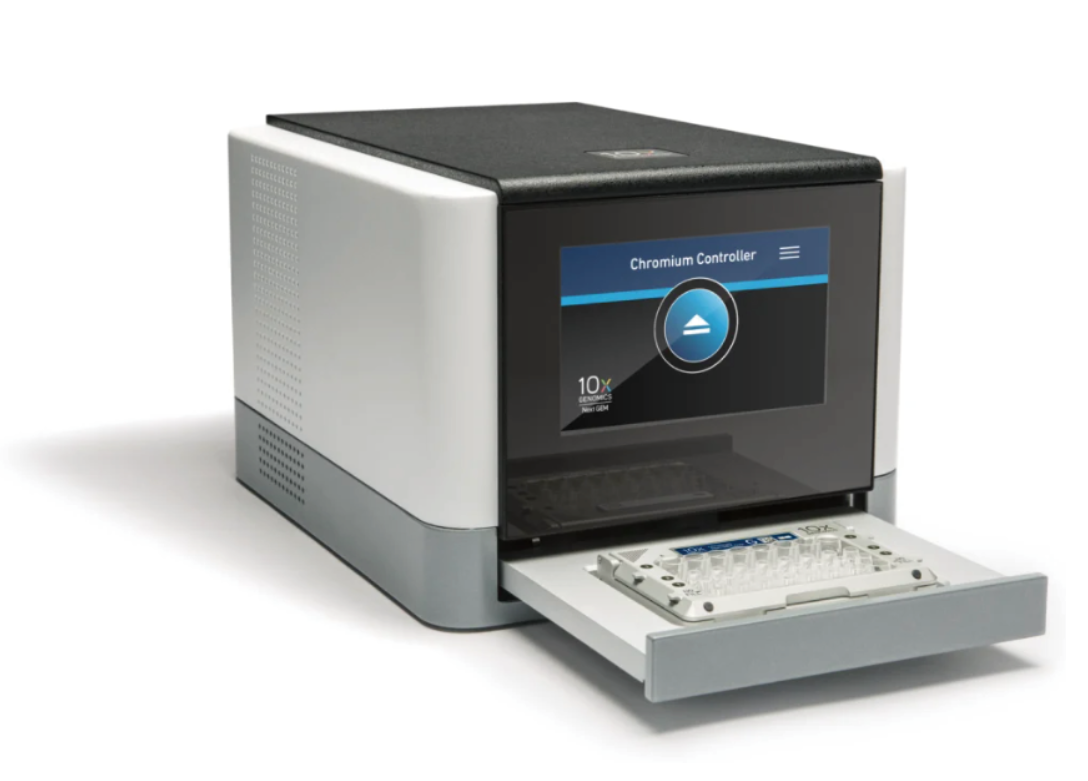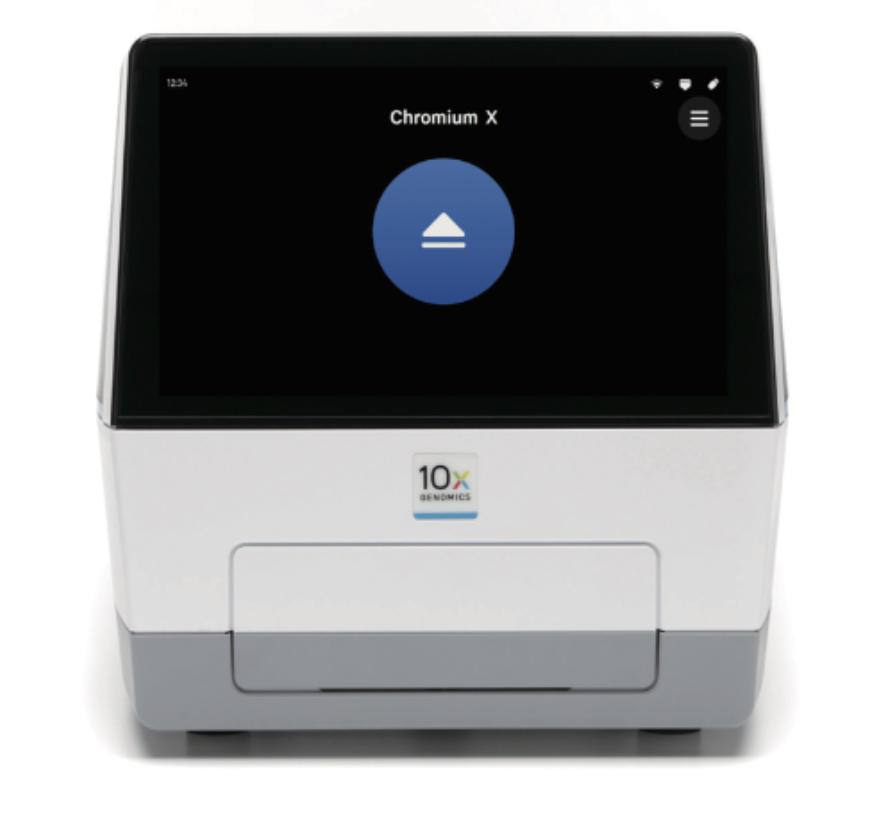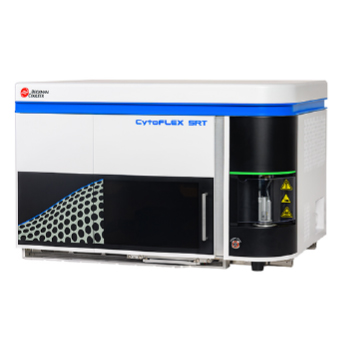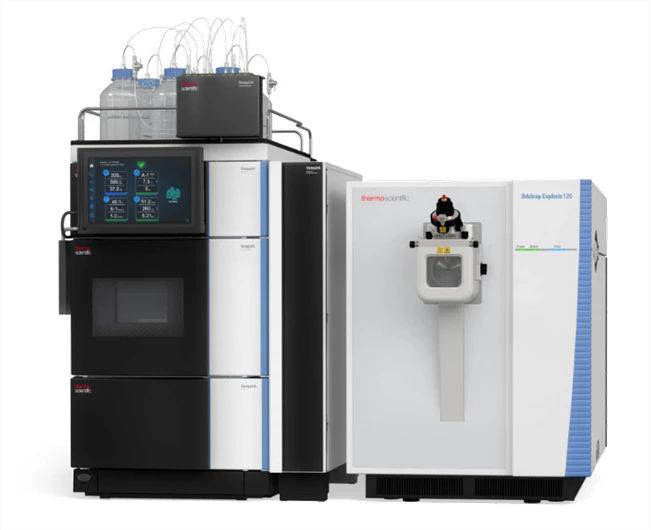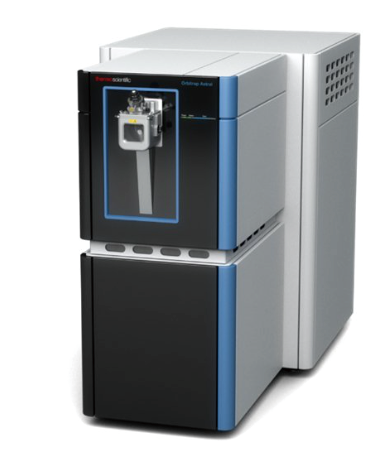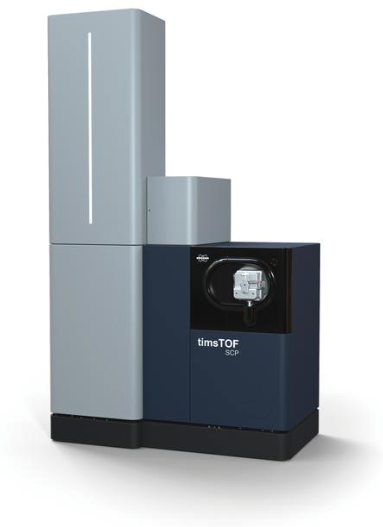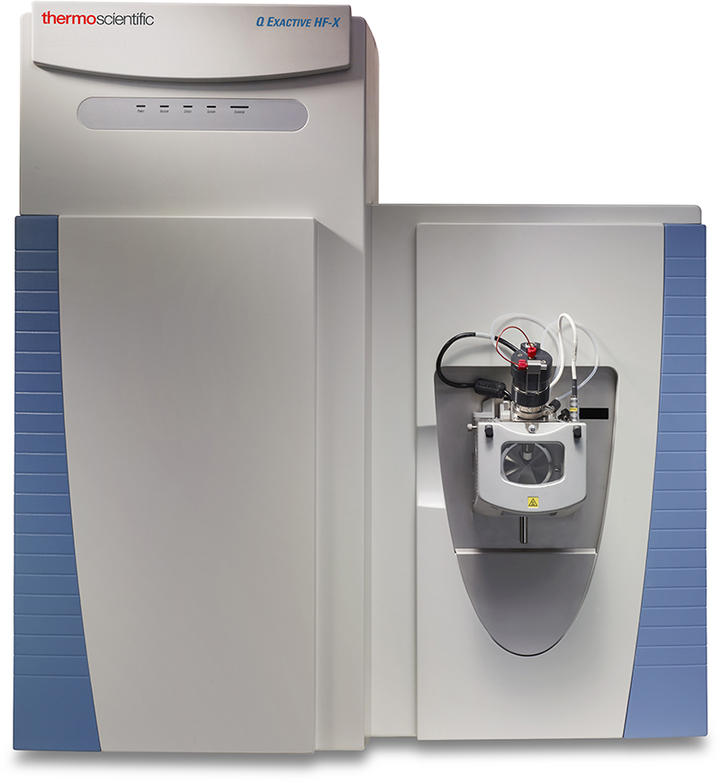Abstract
Biofilms have been extensively studied in aquatic and clinical
environments. However, the complexity of edaphic microenvironment
hinders the advances toward understanding the environmental
functionalities and ecological roles of soil biofilms. In this work,
artificial soil was employed to investigate the soil biofilm formation
and corresponding impacts on community structure and microbial
activities. Our results showed that extracellular polymeric substances
(EPS) production was significantly enhanced and micro-meter sized cell
aggregates formed with high glucose amendment. Biofilm development
exhibited significant effects on the soil microbial processes. 16S rRNA
gene sequencing demonstrated the soils with biofilms and free-living
cells shared similar microbial communities. But the Shannon diversity
and evenness indices of communities with soil biofilms were
significantly enhanced by 18.2% and 17.1%. The soil with biofilms also
revealed a rapid response to nutrient provision and robust microbial
activity, which consumed 65.4% more oxygen in the topsoil (0-1.5 mm).
Kinetic respiration analysis showed that the enhanced metabolic activity
was attributed to 23-times more active microbes in soil biofilms. In
summary, this study revealed that soil biofilms can sustain a diverse
and robust community to drive soil biogeochemical processes.
Text link:
https://pubmed.ncbi.nlm.nih.gov/31479959/






